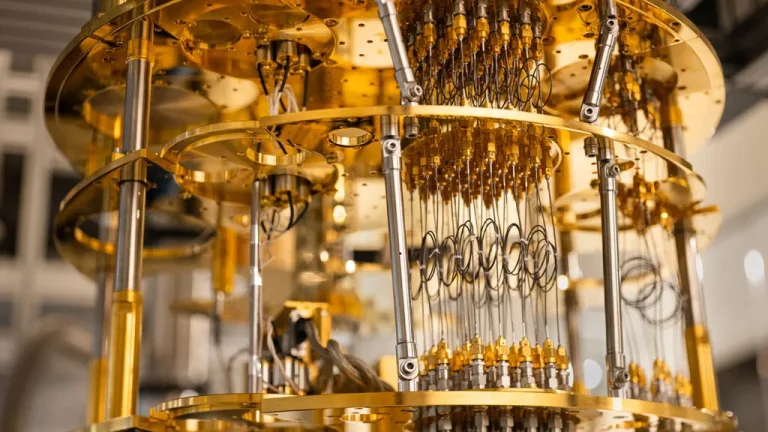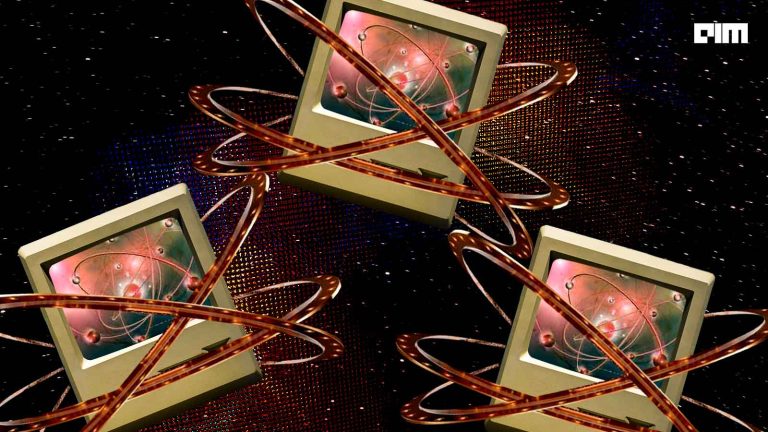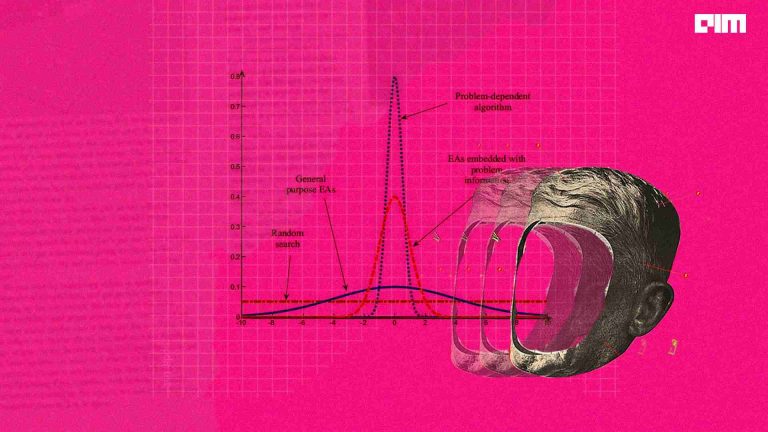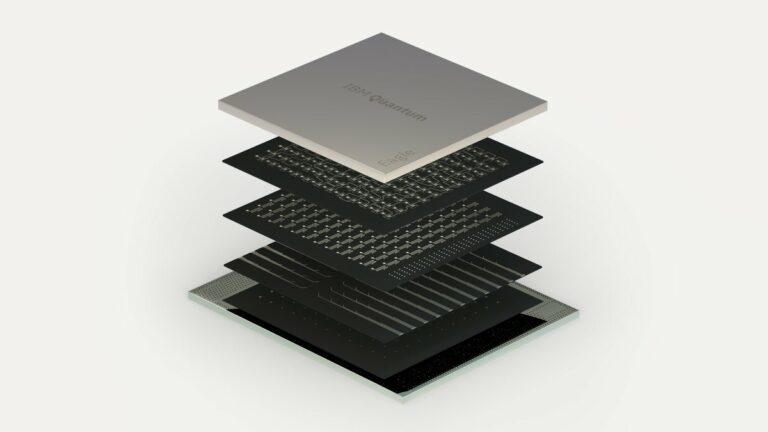|
Listen to this story
|
This week has been rife with news on room-temperature superconductors. A group of scientists from the College of William & Mary in Virginia have created a new material that demonstrates some superconductive properties. While the researchers’ paper is currently in pre-print, concerns have already arisen over the nature of their findings. Are we finally in the era of room-temperature superconductors, or is this another scientific non-discovery?
Superconductors explained
Materials with superconducting properties have been one of the holy grails of scientific research over the past century. First discovered by Dutch physicist Heike Kamenlingh Onnes in 1911, superconductivity is a phenomenon where the electrical resistance of a material vanishes. The material also expels a field of magnetic flux, termed the Meissner effect. Superconductivity cannot be explained by classical physics, with scientists instead looking to quantum mechanics to delve into this phenomenon.
While scientists have been able to reproduce these properties, they usually require extreme physical conditions, such as extremely low temperature or very high pressure. The research community was successful in the creation of so-called ‘high-temperature’ superconductors, which began to exhibit properties around a temperature of 30 Kelvin. However, the recent scientific discovery has made waves due to its unique property of superconducting at ambient temperatures.
Termed LK-99, this new discovery emerged from research conducted by scientists at the College of William & Mary in Virginia. A team comprising Sukbae Lee, Ji-Hoon Kim, and Young-Wan Kwon, along with Hyun Tak Kim, claimed to have created a superconductor that works at temperatures upto 127 C. This was done by creating a modified lead-apatite structure, which was fused together under high pressures to create an internal strain on the material, resulting in a smooth channel where electrons can flow freely.
According to the paper, this material exhibits some of the common characteristics of superconductors, such as zero resistivity, critical current, and a critical magnetic field. Even as attention has been called concerning the veracity of the data presented in the paper, there is also a deeper issue at hand. Have the researchers found a superconductor, or have they created a diamagnet with superconducting properties?
The reality behind the miracle
One of the heads of the paper stated that the paper was published while having “many defects” without his permission. Scientists have also raised concerns over the lack of reporting around a quantity known as heat capacity, which was not reported in the paper. Susannah Speller, professor at the University of Oxford, stated, “So it is too early to say that we have been presented with compelling evidence for superconductivity in these samples.”
In the video provided by the researchers, the superconductor pellet also does not levitate fully, demonstrating a lack of the Meissner effect. This has led to many stating that it is nothing but a diamagnetic substance; a material that is usually repelled by a magnetic field. Even OpenAI CEO Sam Altman chimed in on this, stating, “I desperately want to believe but I think we are getting overexcited about a diamagnet.”
Even experts in the field spoke about this matter, expressing scepticism over the findings. Andrew Cote, an engineer at Stellarator, shed light on some of the data in the paper, especially the way the graphs have been plotted. Moreover, he also drew attention to the fact that a full set of numbers have not been released.
On the other hand, due to the approachable nature of being able to be replicated, enthusiasts are well on their way to try it themselves. Andrew McCalip, who works at Varda Space, has begun his efforts in replicating the results, documenting the process step by step on Twitter. While the situation is still developing, the general sentiment is still positive.
A room-temperature superconductor could open the door to a new era of scientific innovation. Not only will it cut down on transmission costs for electricity, it could also enable advancements in quantum and classical computing, nuclear fusion and energy storage. As the experiments are replicated across the academic community, the true answer of LK-99 will be revealed.



















































































